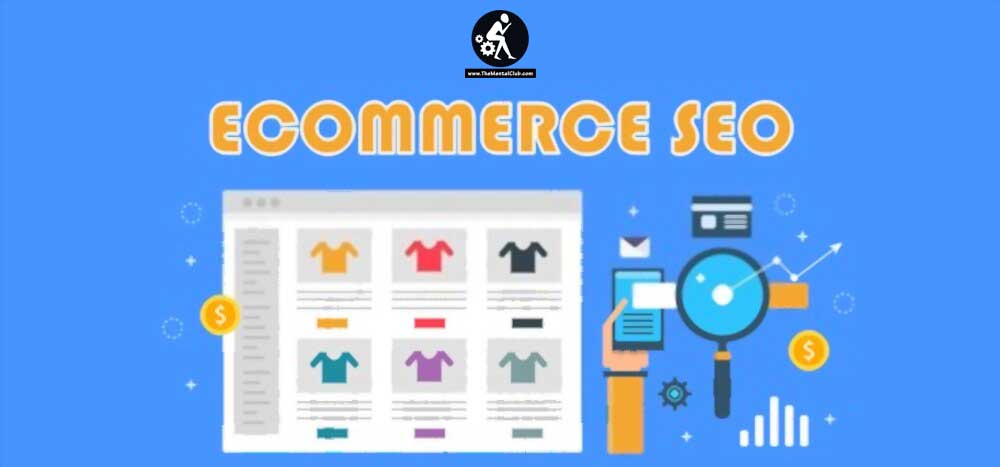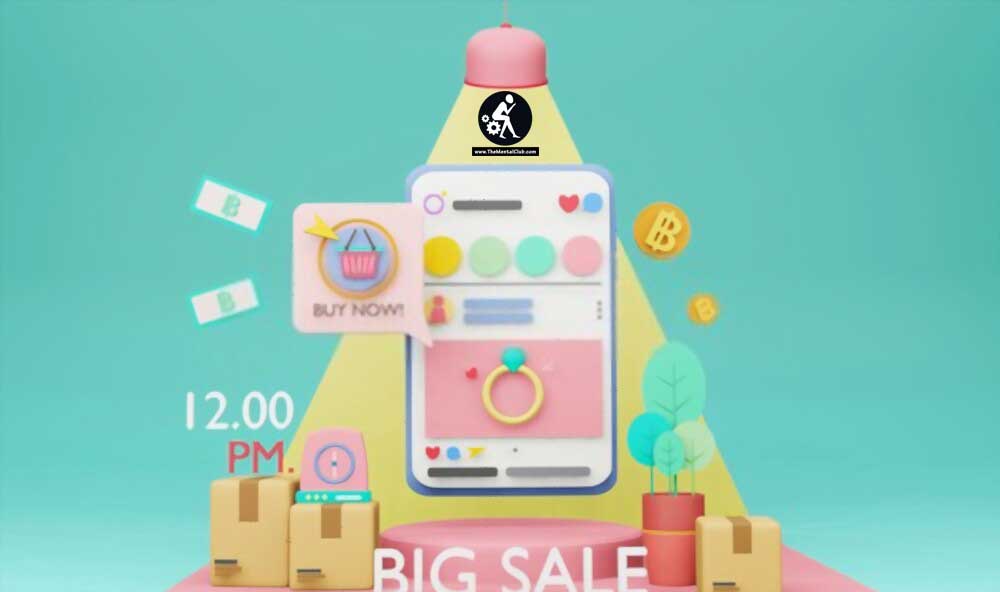If there’s anything about 2024, it’s that it’s the year of e-commerce. From fresh produce to household items to services, everything and anything can be sold online – and the increased competition means promotion for your e-commerce business is key.

And while the world of marketing and advertisements can be scary for those of us who are new to the field, there are some simple steps that you can take to promote your e-commerce business in 2024 – and see results! Whether it’s using small business graphics for your new online store or exploring more sales channels, your e-commerce business is sure to boom!
Here are some of my go-to strategies:
Become a Pro Email Marketer
Despite the growing number of social media platforms, emails have remained relevant in the average customer’s life, with many spending over two hours a day in their inbox. Building an extensive email list is essential to promoting your e-commerce business, and it’s a good idea to cover all the grounds: past, current, and potential customers.

Make use of your mailing list to send out information about new launches, promotions, or even just to send your customers a monthly newsletter – you can use tools such as PosterMyWall that are small business graphics friendly to design templates for your newsletter or email headers to really make them stand out! And before you know it, you’ll be contacting thousands of potential buyers all from one click.
Be SEO Savvy
Don’t be daunted if you’re not familiar with the ins and outs of SEO, all you need to know is that when it comes to ROI, SEO ranks the highest in terms of promoting your e-commerce business.

And while more mainstream marketing strategies such as advertisements require a constant stream of money, SEO only requires effort in the short-run; both financially and strategically. Pay attention to elements such as on-page content, meta tags, and how the user is likely to talk about your brand – and don’t worry, you can always hire a SEO expert to help you out!
Keep your Visuals Up to Date
People see before they read, it’s a rule of thumb – think back to the old saying: don’t judge a book by its cover. But we all do, don’t we? And the same goes for your visuals. Make sure your social media platforms convey the latest happenings on your e-commerce site.

Some quick but effective ways to do so are to have a weekly posting schedule, aligning social media content with your e-commerce business activities, and to update your Facebook cover photos regularly – after all, they are one of the first things your audience sees!
And if you’re worried about not nailing the aesthetics, then services such as PosterMyWall have got you covered with their easy-to-use Facebook cover photo templates – believe me, I’ve used them! It makes creating all kinds of visual content a breeze, and it’s very light on my budget.
Soon, you’ll see how a well-performing social media presence translates into greater traction for your e-commerce business.
Diversify your Sales Channels
Choice is the ire of the 21st Century. Just think about it, customers today have multiple options of where they can shop… for the same thing! And these multiple platforms mean that e-commerce businesses must scramble to stake a presence on as many as they possibly can.

Amazon is a great place to start – more than 70% of US-based customers list it as their go-to for online shopping – and listing your e-commerce business’ products on there will open you up to a much wider market. Other places to look into include eBay, Bing Shopping, and Google Shopping – each with users in the millions.
Embrace Partnerships!
What’s better than effectively reaching your current customer base? Effectively reaching the customer base for your e-commerce business and another business! And this is where partnerships come in. Not only will a partnership bring together creative energies, potentially resulting in newer and better marketing and promotional strategies, but it will also give you the benefit of promoting your e-commerce business in front of an untapped market.

Explore different strategies including top-of-funnel and down-funnel options such as collaborative giveaways, joint events, or discounts – make sure to include some engaging small business graphics to show these off – all while keeping in mind the relevance of the partnership. For instance, it would make sense for an e-commerce business specialising in cooking supplies to partner with a business offering online cooking classes.



























